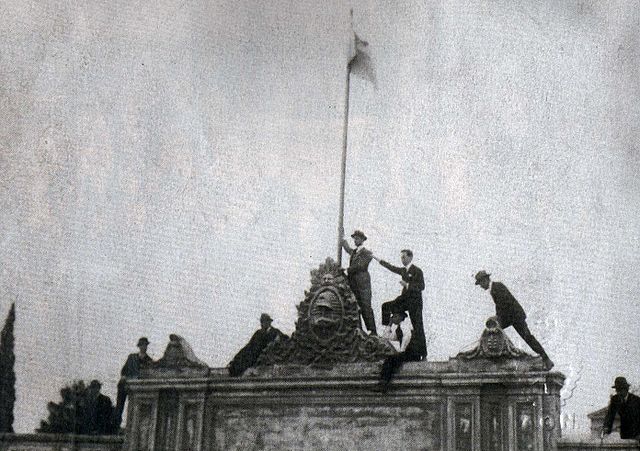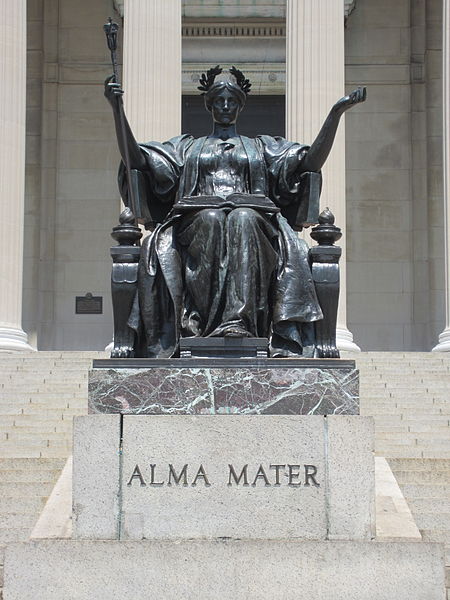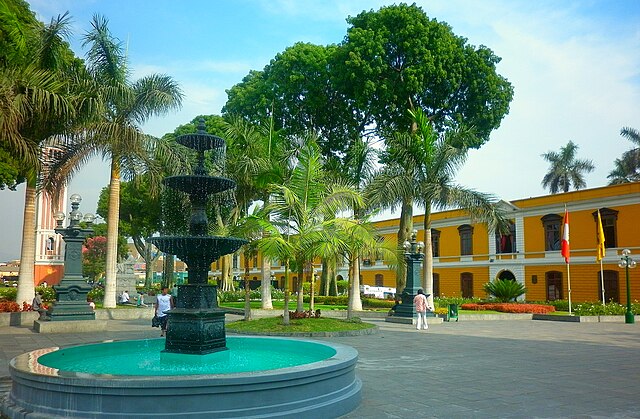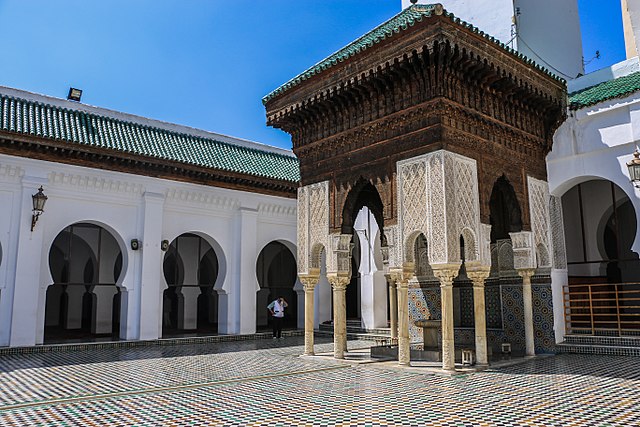Argentine university reform of 1918
The Argentine university reform of 1918 was a general modernization of the universities, especially tending towards democratization, brought about by student activism during the presidency of Hipolito Yrigoyen, the first democratic government. The events started in Córdoba and spread to the rest of Argentina, and then through much of Latin America. The reform set up the freedom for universities to define their own curriculum and manage their own budget without interference from the central government. This has had a profound effect on academic life at the universities through the nationalization process that boasts academic freedom and independence throughout the university life.
Students raise the flag of Argentina at the University of Córdoba.
A university is an institution of higher education and research which awards academic degrees in several academic disciplines. University is derived from the Latin phrase universitas magistrorum et scholarium, which roughly means "community of teachers and scholars". Universities typically offer both undergraduate and postgraduate programs.
Alma Mater by Daniel Chester French, Columbia University. The alma mater, meaning "nourishing mother" in Latin, is one of the most enduring symbols of the university. The phrase was first used to describe the University of Bologna, Italy, founded in 1088.
The National University of San Marcos in Lima, Peru, was established in 1551, making it the oldest university in the Americas, as well as one of the oldest in the Western World in continuous operation.
The Moroccan higher-learning institution Al-Qarawiyin, founded in 859 A.D., was transformed into a university under the supervision of the Ministry of Education in 1963.
Established in 1224 by Frederick II, Holy Roman Emperor, the University of Naples Federico II in Italy is the world's oldest state-funded university in continuous operation.





